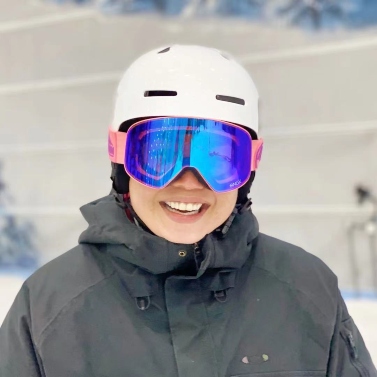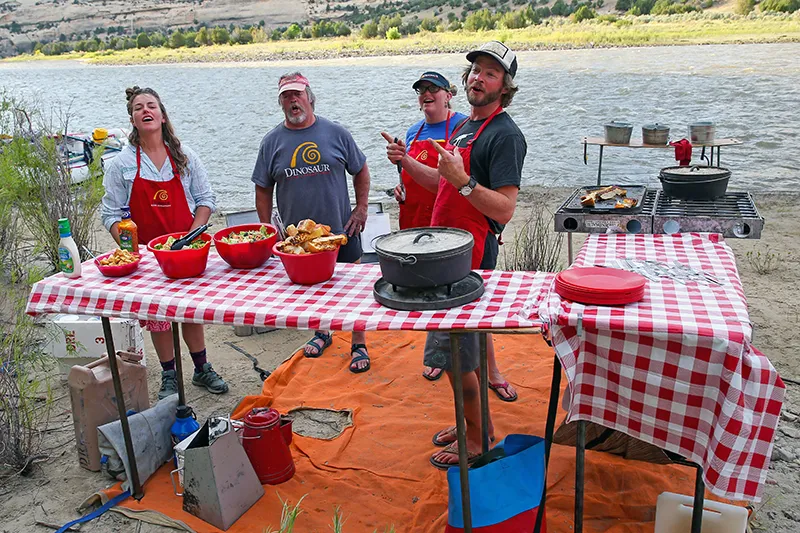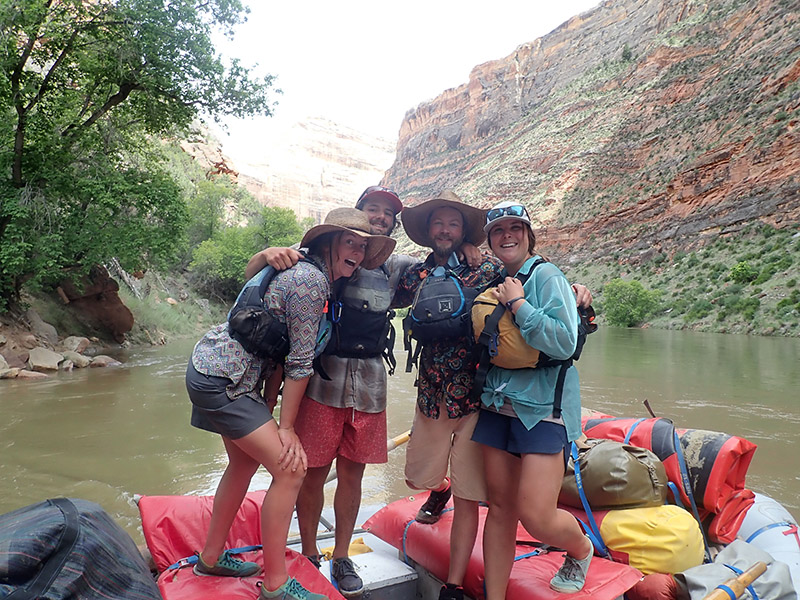If you are considering a career as an outdoor activity guide, you may be curious about the certifications you could get to set your application apart. We queried some outdoor buffs on what certifications outdoor activity guides tend to have. Keep reading to see what they recommend.
First Aid and Job-Related Training
The most common type of training that any outdoor activity guide must go through is first aid. The exact type of first aid training can vary, but a wilderness first responder course is pretty standard.
This course gives you essential life-saving skills that can be used in the field. You learn how to dress a wound, perform CPR, deal with a spinal injury, and many other skills that can prove to be crucial in an emergency.
Other types of training will be a more likely job or activity-specific. For example, ski and snowboard instructors need to go through a course that highlights the essential skills and practices involved with learning the basics of those sports.
Instructors almost always need to have a certification of this training to get a job, and it ensures that they have the skills to help others learn how to ski or snowboard effectively.
Aside from first aid and certifications, I think experience in the outdoor activity a guide works in is equally as important as any training.
4 Types of Training to Maintain Safety
When it comes to ski and snowboard guide training, the first thing is safety.
Dealing with the big white mountain is fun and dangerous. All the guides should attend these trainings:
· Ski Instructor Training. I believe at least level 2 instructors for American, Canadian, New Zealand, and Australia is necessary, because you need to have a certain level of riding and communication skills, and these snow sports instructors are most recognized by the world.
· Avalanche Training. I would suggest at least level 2 avalanche training so you get to understand mountain and snow better, and of course, how to save somebody if anything bad happens.
· First Aid Training. In case of anything bad happens, you need to be able to save a person’s life.
· Backcountry Tour Guide Shadowing. Following an experienced guide, learning from him or her is always the best for you to grow, in terms of everything, from customer experience to understanding the mountains.
Activity Type Determines Training
The type of training might depend on the kind of activity and the location. One example is the guides for climbing, which have a more advanced level of training and knowledge because safety is paramount.
Climbing guides must understand rock formations and weather patterns in addition to the athletic ability it takes to climb. Guides who lead children or less physically adept adults tend to have less training, but they need an understanding of emergency procedures such as first aid to assist if something goes wrong.
Outdoors guides who lead more sedentary activities have some of the least amount of training. However, they still need knowledge about the activity itself and how to be aware of possible hazards.
In the case of climbing guides, they would likely have to be trained in handling ropes and equipment, such as carabiners and safety harnesses. They also need climbing experience to know what skills are necessary for different types of climbs.
Certifications Increase Safety
Many organizations here in Louisville require outdoor activity guides to have expertise in various training. Guides tend to be certified in CPR and first aid as well as wilderness medicine. They often attend training courses in search and rescue. Some organizations require guides to take specialized training depending on their area of expertise or activity, such as: rock climbing, arctic camping, kayaking skiing, snowboarding, canoeing, and mountain biking.
Leadership training and survival courses are also a plus in outdoor activity guides. Outdoor activity guides may also have wilderness first responder training. Guides always need to be in good physical condition and be knowledgeable about safety procedures and emergency procedures.
Certifications are a must for guides because the activities are generally dangerous, and having a trained and certified guide who knows how to handle situations can increase safety. Certified guides are trained to spot risks before they become an issue and to avoid those risks when necessary. They are trained in safety precautions and how to keep the safety of all team members in mind above everything else.
Guides are skilled at spotting problems and maneuvering out of bad situations. The following certifications could be useful for a career in guiding: wilderness first aid certification, wilderness first responder certification, and emergency medical technician (EMT) certification.
The Most Preferred Certifications
Other than the usual customer service skills such as public speaking and the ability to handle stressful situations, outdoor activity guides are required to have different certifications and licenses such as a first aid certification, the wilderness first responder certification, and wilderness first aid certification. While the certifications differ based on each job, these three are the ones that most jobs require or prefer.
Common Training for Outdoor Activity Guides
Preferred training would include: guiding skills (technical skills and regulations of the profession), group management, climbing instruction, emergency response procedures, technical rescue including rope systems and belaying equipment for use in varied circumstances (such as ice ascents or rappel descents).
Ideally guides would also be trained in rock climbing, backpacking, mountain biking, and wilderness medicine. A degree or certificate in outdoor or physical education is often helpful but not necessary to obtain employment.
This is a crowdsourced article. Contributors are not necessarily affiliated with this website and their statements do not necessarily reflect the opinion of this website, other people, businesses, or other contributors.








